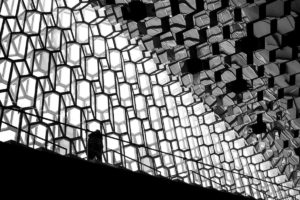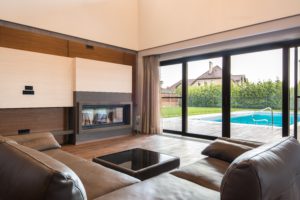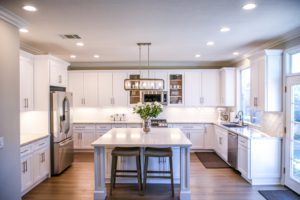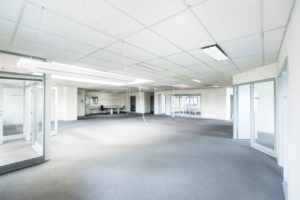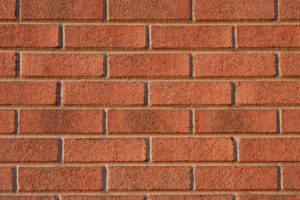Benefits of Aluminium Cladding
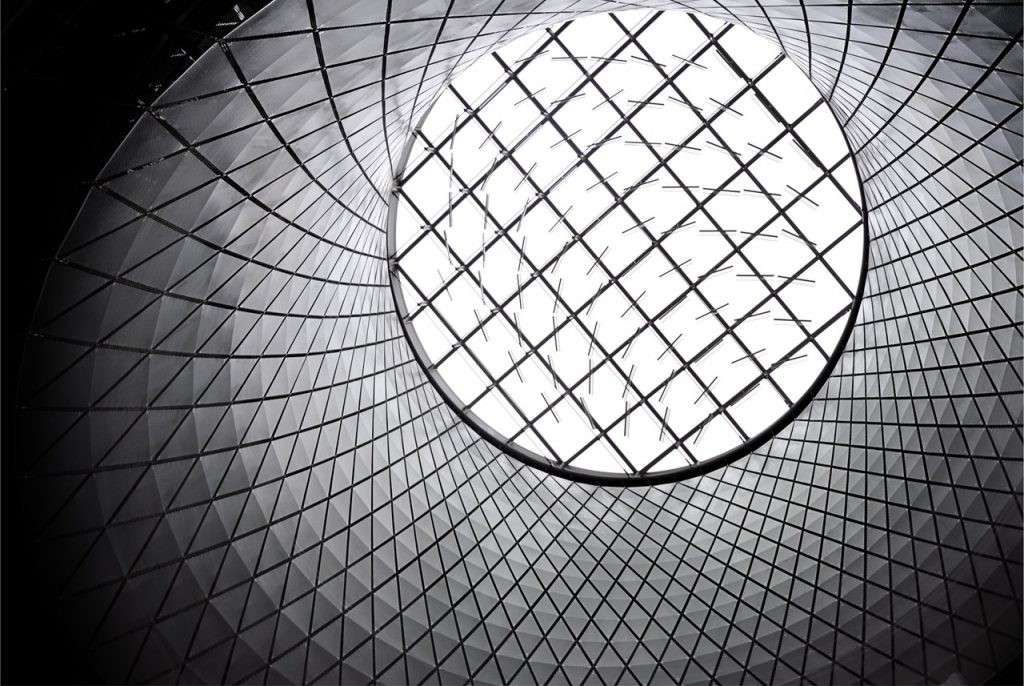
The aluminium structured framework plays an important role in the construction of new Australian rural areas. These light-weight claddings have become “integrated choices of ongoing construction in the countryside”. Due to its light-weight, an aluminium structure has changed the traditional wet operation methods, the dry operation is adopted in the construction, which is in line with the national housing industrialisation policy.
Why do you think an aluminium façade is so popular these days? Because there are are many benefits!
High Construction Efficiency And Short Cycle
The aluminium alloy building cladding system is a quick-release mold system, which can be removed. Using an aluminium framework, greatly shortens the construction period, saving management costs for the construction unit, and shortening the development cycle for real estate developers.
Reusable And Low Cost
All parts of the aluminium cladding system can be reused and recycled. The aluminium alloy cladding system uses integral extrusion to form aluminium alloy profiles as raw materials are recyclable.
Convenient Construction And High Efficiency
The aluminium cladding system is simple and convenient to assemble. It only needs to increase the standard board proportionally during installation. The weight of the aluminium cladding is light 18-25 kg per square meter. The construction process is completely assembled and transported manually, and does not rely on lifting Mechanical equipment.
Good Stability And High Bearing Capacity
Aluminium has an excellent strength/mass ratio. Therefore, aluminium can be used to make lightweight structural parts with unique stability. In the construction, the use of aluminium can meet the performance requirements, while also minimizing the basic investment of the building. Due to the inherent strength of aluminium, its windows can be made very narrow. Still, in a limited space, and also they can get maximum daylight. After the system is assembled, it forms an integral frame with good stability.
Wide Range Of Applications
The aluminium cladding system is suitable for all building components, such as load-bearing walls, columns, beams, floor slabs, stairs, balconies, etc., which can be completed by cement pouring at one time.
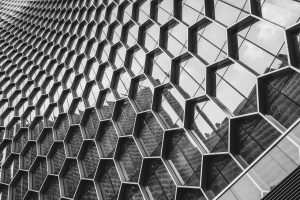
Good Effect Of Concrete Surface After Demoulding
After the de-moulding of aluminium cladding, the quality of the concrete surface is smooth and clean, which can meet the requirements of finishing and fair-faced concrete. Plastering is not required, and the cost of secondary plastering can be saved.
No Piling Up Of Construction Waste, And Safer Construction
All parts of the aluminium cladding can be reused and are recyclable, there is no trash piled on-site, no rust, no fire hazard, no iron nails on the installation site, no wood chips left by the chainsaw. By the use of using lightweight aluminium panels, the safety of workers is also ensured.
One-time Design With High Precision
According to the construction drawings, one-time design, and high precision, ensuring the overall intensity and service life of the building. It is very suitable for standard high-rise, super high-rise buildings. For multiple buildings of the same household type, the aluminium cladding can be assembled with different specifications of plates according to the project.
Easily Recyclable
Aluminium alloy materials can be recycled all the time. After the aluminium cladding system is scrapped, when the waste treatment has a high residual value, all materials of the aluminium cladding are renewable materials, which conform to the national energy conservation, environmental protection, and low-carbon, emission reduction regulations, and sustainable industrial policies. Did you know that Aluminium metal not only looks great but is environmentally friendly?
Fewer Supporting Systems
In traditional construction methods, floor slab, platform, and other cladding construction techniques generally use full-floor brackets, which consumes labour and materials, whereas the benefit of aluminium cladding is it provides a “single-pipe vertical framework” providing an average spacing of 1.2 meters, resulting in large operating space, smooth material handling, and easy to manage.
